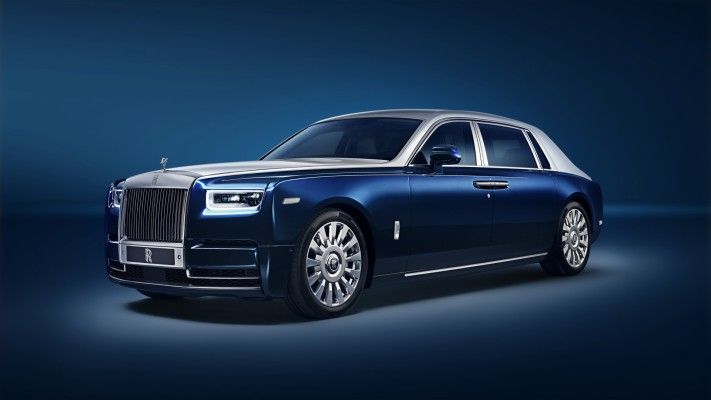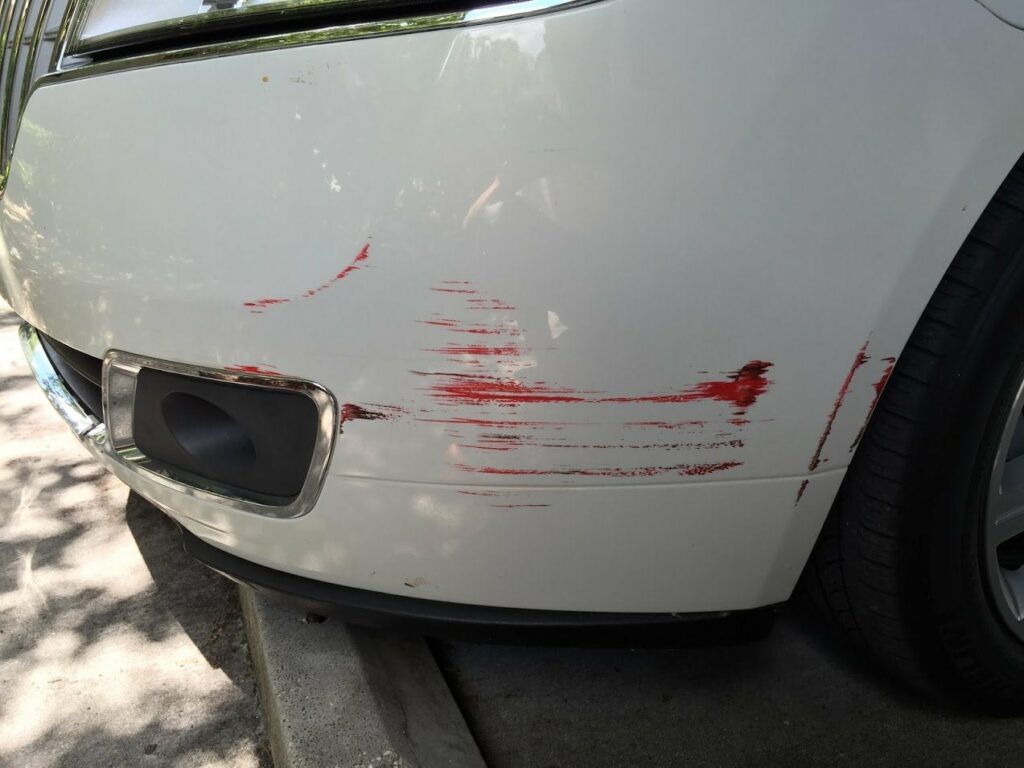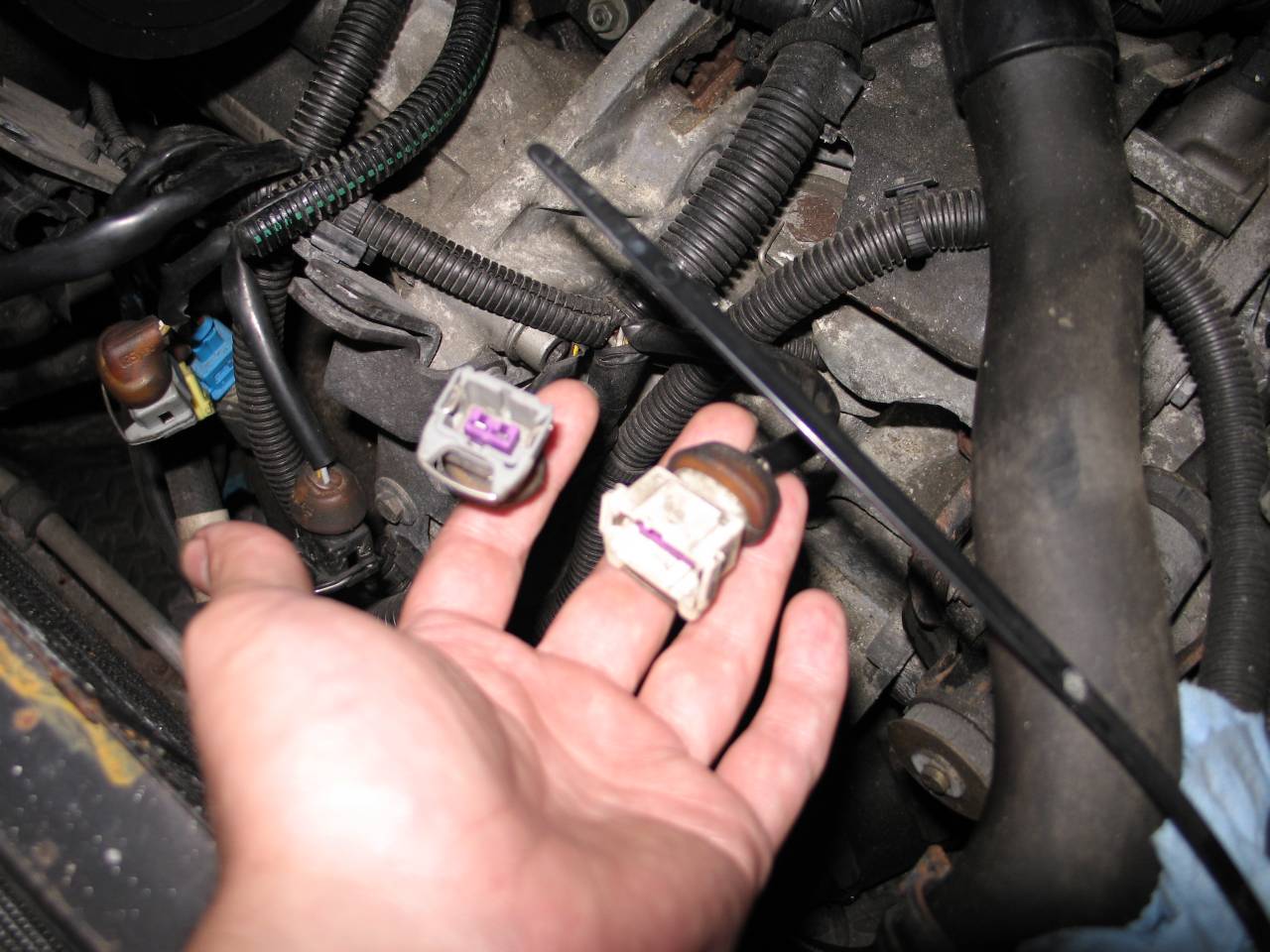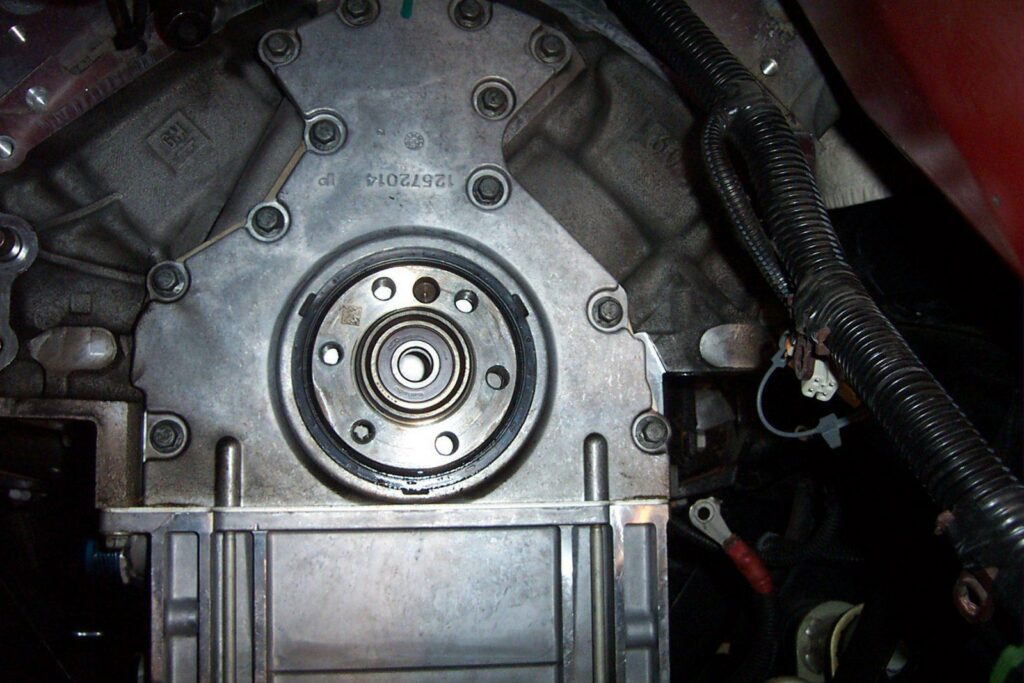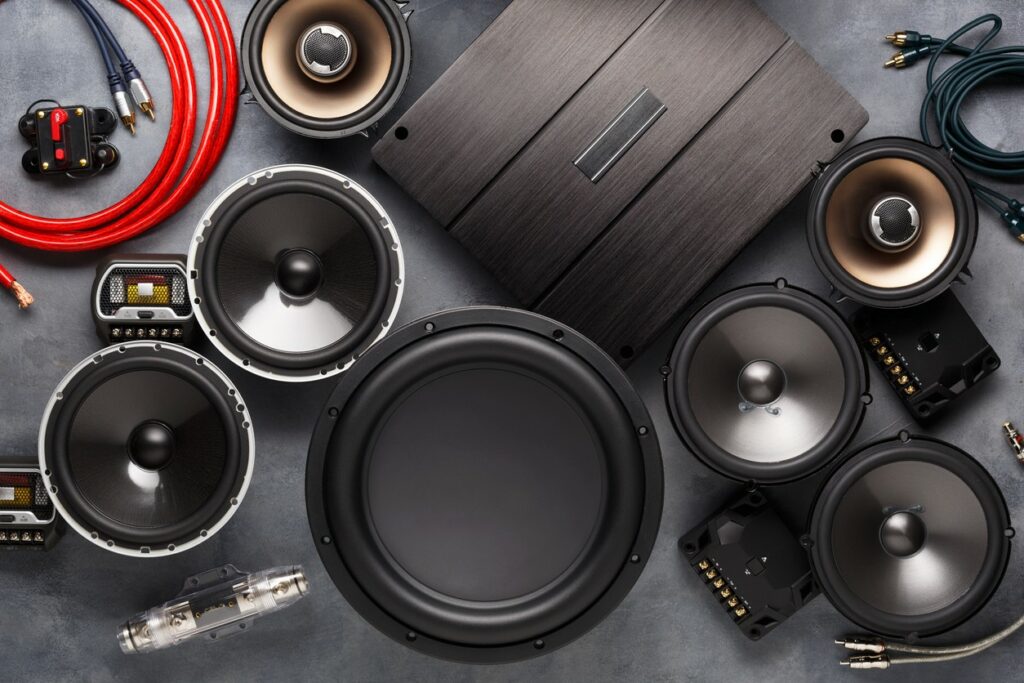
When driving, one of the important considerations you must think about is the best quality sound. This factor can make or break a fun trip.
A lot of people cannot imagine themselves driving for hours without an acceptable sound system especially if the person is driving alone. Some may even feel claustrophobic being inside a vehicle without any music.
Having a great audio system may even be a necessity rather than a luxury since the driver will repeatedly listen as to how good or bad the sound system is.
Below are some of the most practical tips on improving your car’s sound system to make cruising down that highway as pleasurable as possible.
Tip #1: Change Your Default Speakers
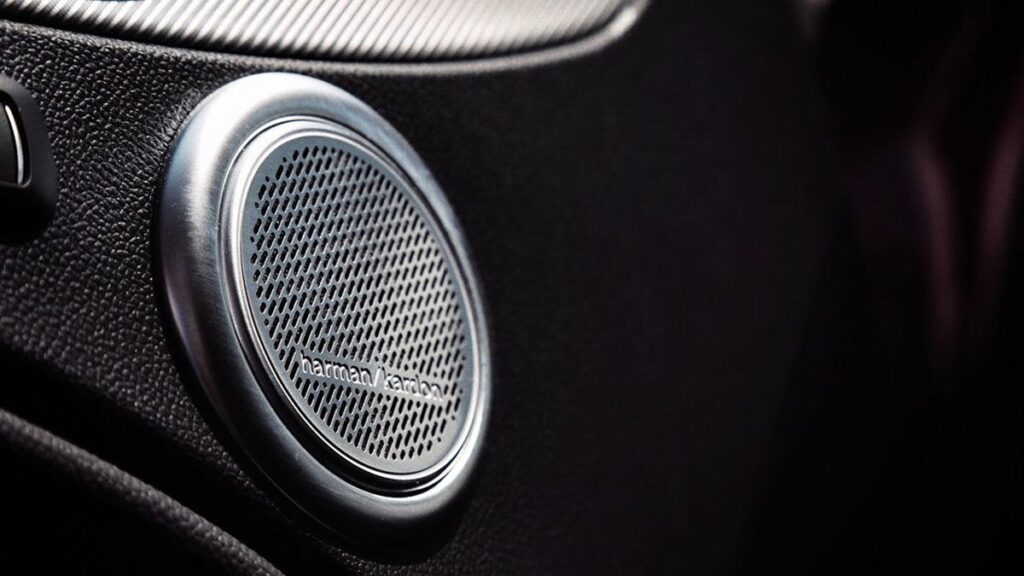
All vehicles have a default sound system upon purchase. However, even the best factory speakers included may still not be comparable to the best ones out there.
That is why it is highly recommended to get an aftermarket speaker that will fit your budget. Try to shop around to find an affordable one without sacrificing quality.
With the new set of speakers, you should hear a lot of differences. The bass may be firmer and the sounds may become more detailed. A lot of people notice that aftermarket speakers produce higher-quality sounds.
Most of all, default speakers are not made of top-notch materials.
Over time, these substandard materials degrade with use which can affect the sound quality. When shopping for speakers, rubber is the most durable and can produce better sounds.
Tip #2: Use Sound Deadening Materials
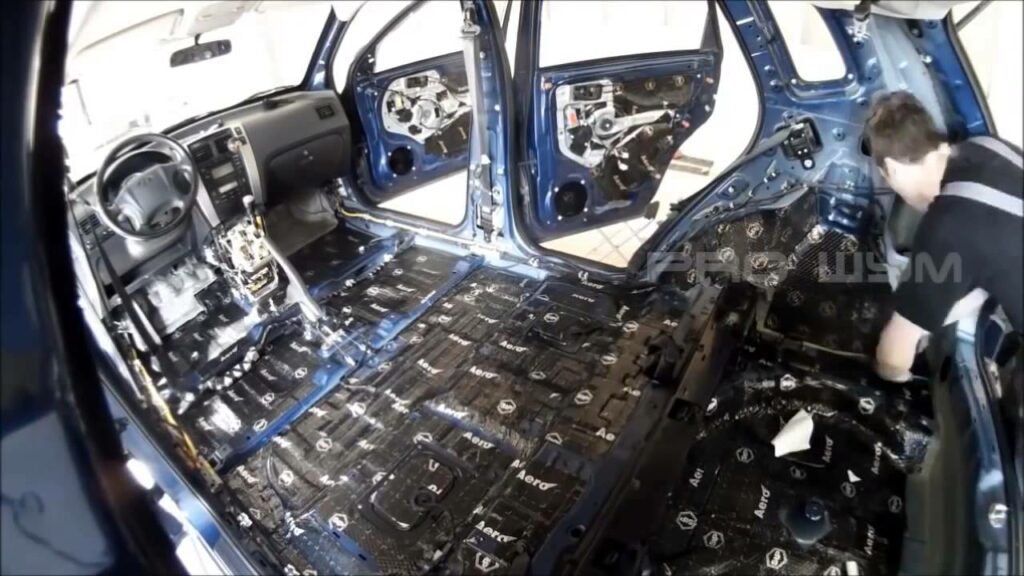
Speakers placed in your doors are located where they should not be. Speakers mounted on the door or near windows produce vibrations in the internal environment of the vehicle. These vibrations can interfere with the overall sound experience.
Placing sound-deadening material properly can absorb the vibrations produced by the speakers especially when the volume is turned up high.
Cars with thin metal doors will notice that road noises are audible inside. The use of sound-deadening materials will also lessen this impact. Increasing the volume may no longer be necessary to compensate for the noise from external factors.
Tip #3: Install A Separate Amplifier
Default car speakers have built-in amplifiers that are made for the default sound system. However, if you upgrade your sound system, the default amplifier may no longer be adequate.
A good amplifier will provide a louder and clearer sound with a good audio range.
Tip #4: Use High-quality Cables
The amplifier is a power-hungry addition to your audio system. It needs a good electricity flow to support higher volume control.
If the cables are substandard, you might end up underutilizing the maximum potential of the amplifiers.
Tip #5: Install A Separate Subwoofer
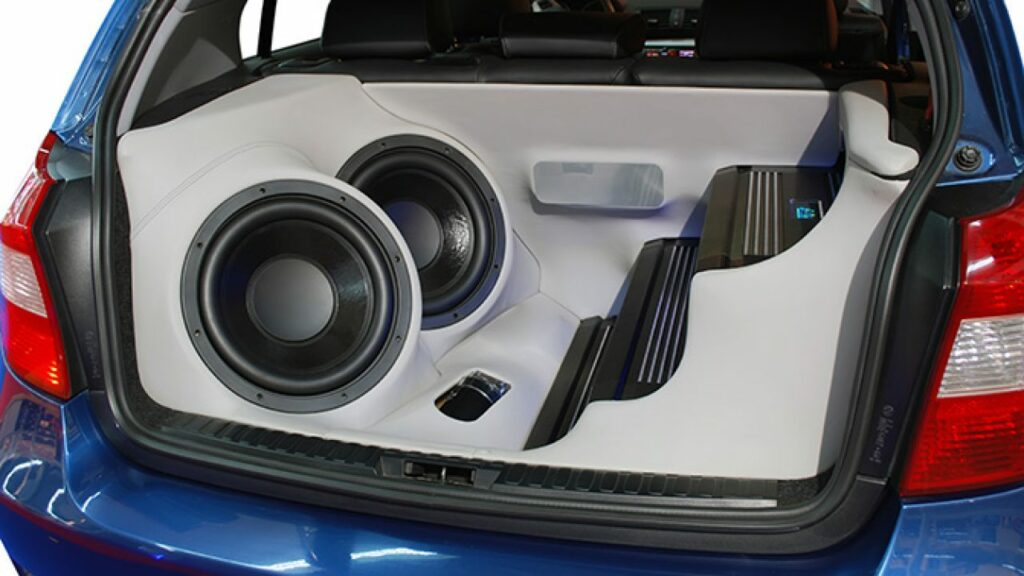
Many people are turned away from purchasing a subwoofer since their image of a subwoofer is a booming sound that gravitates to other vehicles besides it.
However, the frequency can be toned down to your taste. They do not realize that one of the essential add-ons to create a realistic musical experience is to install a subwoofer.
Subwoofers control the bass and other low-frequency tunes of music. Most car speakers are too small that they cannot filter low-range bass sounds. A separate subwoofer will give you a better output without overwhelming your speakers.
Music distortions occur when the stand-alone speakers vibrate due to loud volume producing bass frequency beyond their capacity. Subwoofers enhance the sounds from the speakers while minimizing distortions at the same time.
Without a subwoofer, speakers may crack due to being pushed beyond their vibration limitation. Subwoofers ensure your speakers are protected from prospective damage due to the bass sounds.
Tip #6: Get A Sub Box
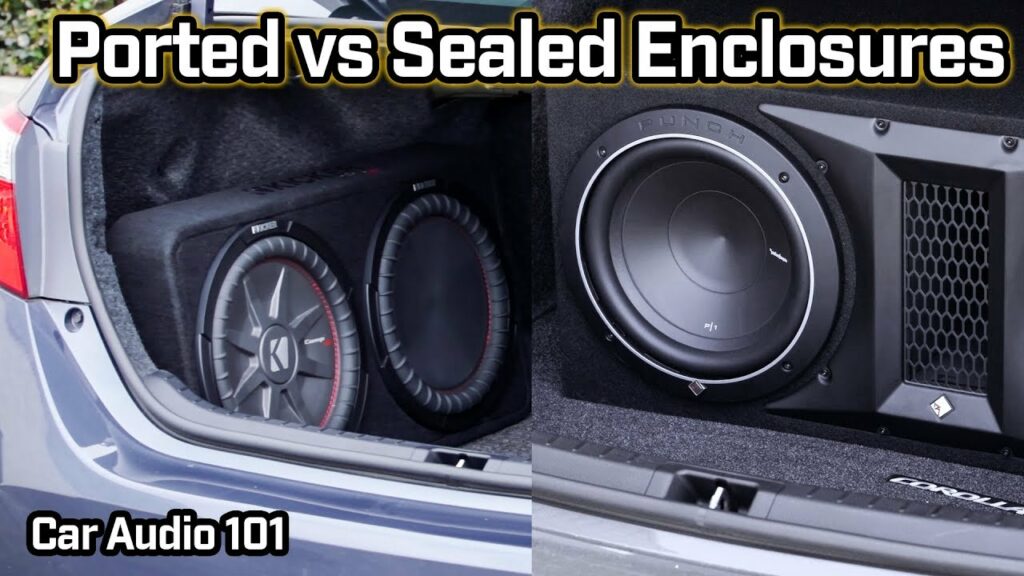
As discussed above, getting a subwoofer is more essential than you think. To maximize the benefits associated with it, a sub-box will be a great addition.
Two different kinds of enclosures will highly depend on your music preference.
If you want booming sounds that vibrate throughout, ported subwoofer enclosures are the right type.
Ported enclosures are significantly louder when tuned to the correct volume and frequency. The port works together with the subwoofer to generate more bass sounds than a sealed enclosure. Space availability will become a consideration since ported enclosures are significantly larger.
Ported enclosures function more efficiently, thereby not necessarily requiring a bigger amplifier. Air flowing in and out of the enclosure also keeps the box cooler, making it more sustainable.
For people who prefer tighter and more accurate bass, sealed subwoofer enclosures are better options.
The bass is more defined and can still be felt, although these will not go as loud as ported ones. The enclosures produce more accurate bass since the air inside acts as a shock absorber.
This allows the subwoofer to have more control of the sounds rather than spreading the vibrations. These types of enclosures are generally smaller than ported ones but may require more work from the amplifier.
Tip #7: Add An Equalizer
An equalizer can assist you in getting the right settings you want. It fully adjusts the sounds and allows more sensitivity selection. Getting a digital equalizer will assist the user since the settings are more graphical.
The tuning can be physically seen making it easier for the owner to set the frequency as desired. Selection of the correct frequency setting will also result in better sound quality.
See more:
Tip #8: Minimize The Compression Of Files
In the advent of the digital age of music, files can now be downloaded and stored in media storage. Music files are available for download in varying sizes.
To maximize their storage devices, audiophiles download music with the lowest file size. The result is substandard music due to the loss of high and low-frequency settings upon compression.
To avoid sacrificing the quality, music should not be compressed to save on memory space. Nowadays, storage devices come in small sizes carrying high memory capacity. Multiple storage devices may be conveniently kept in the vehicle without consuming too much space.
Tip #9: Discover The Features And Compatibility Of The Equipment
With all the upgrades that will be done to the audio system to have the best listening experience, one should also explore and research the features of the upgrades. It is a science and art to produce music by mixing the tuning and frequencies.
If the right mix is not obtained, optimum performance may not be achieved.
The compatibility of the equipment to be purchased should also be taken into consideration. As discussed above, the size of the amplifiers will depend on the sub-box, etc.
Conclusion
There are a lot of upgrades or add-ons that may be purchased to get the best sound experience. Cost should be taken into consideration due to budget limitations, but it does not always equate that buying the most expensive will give you the best. Proper research about compatibility and efficiency will produce more sophisticated results.
One does not have to live with bad sounds. The simplest improvement may become noticeable to give results worthy of an enjoyable car ride.


